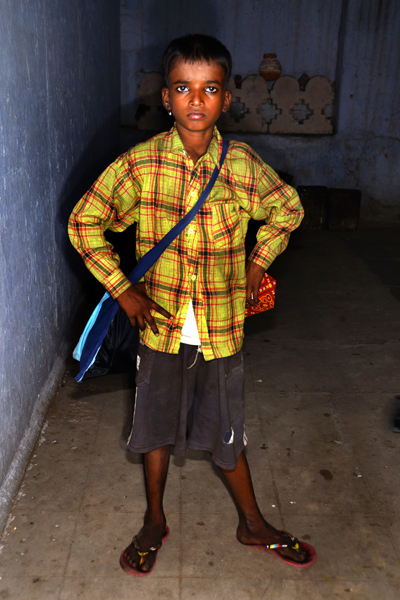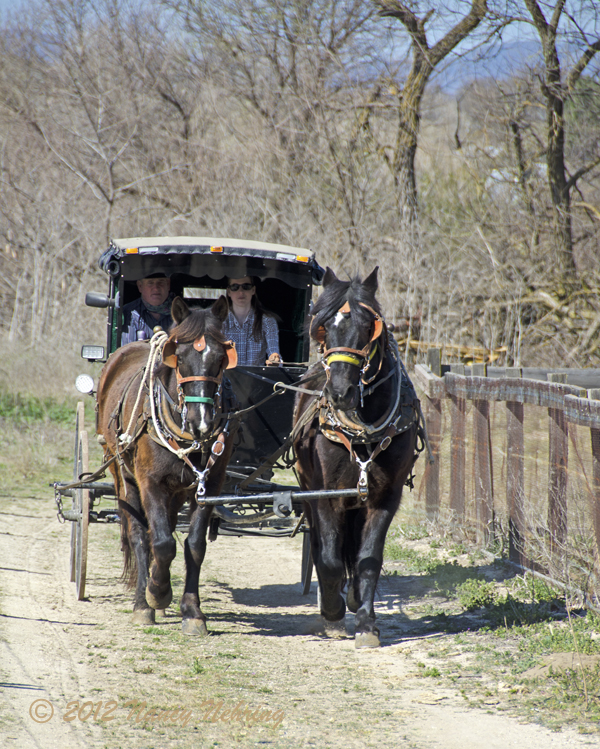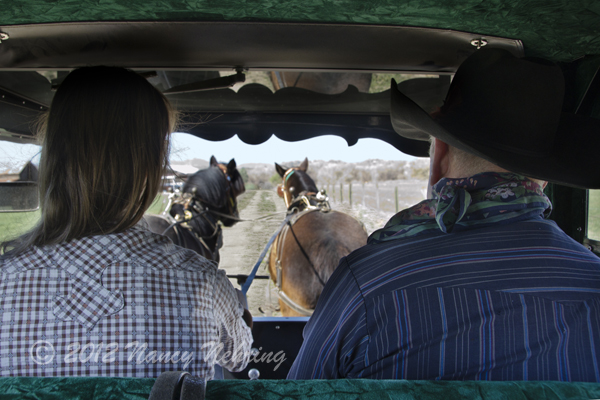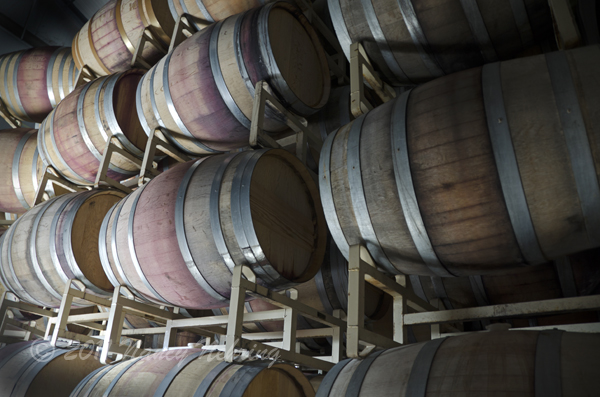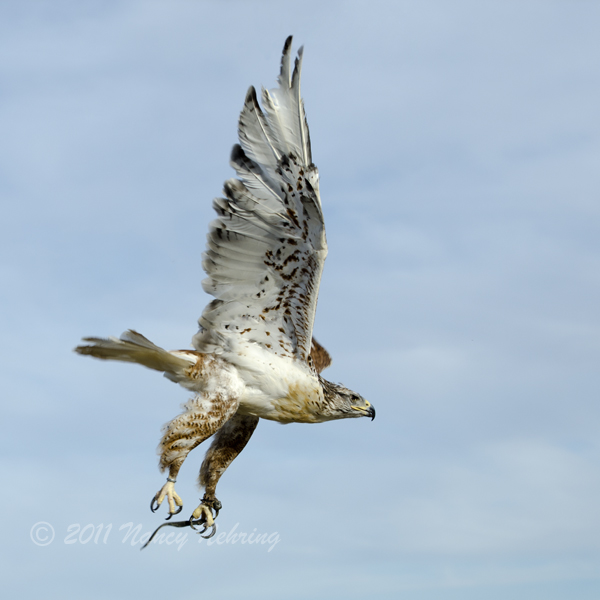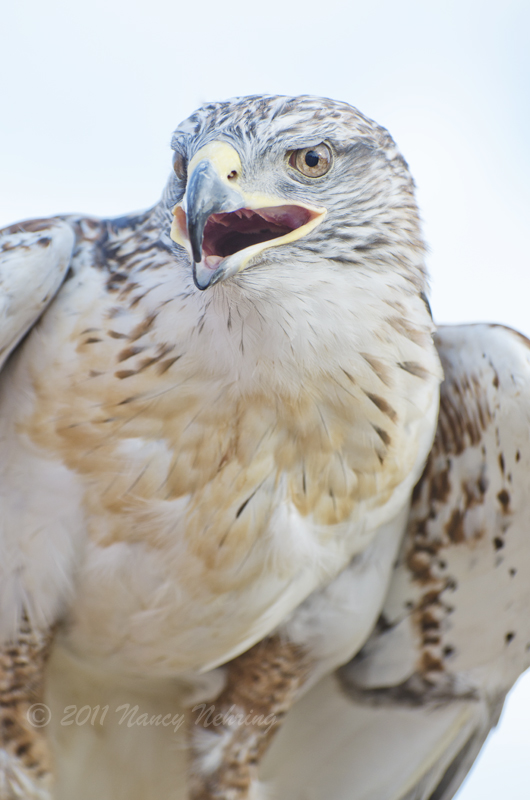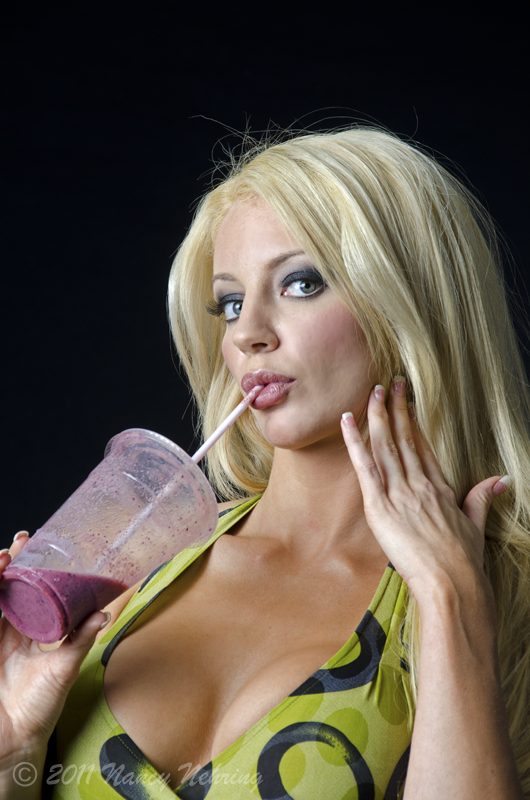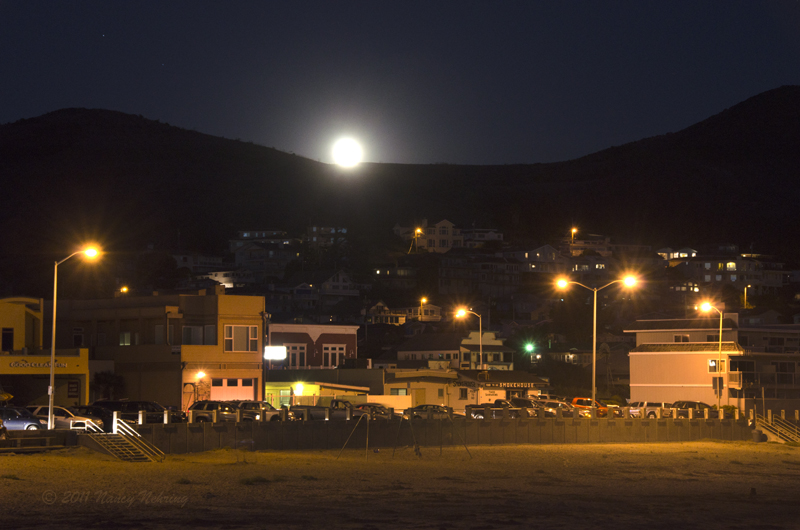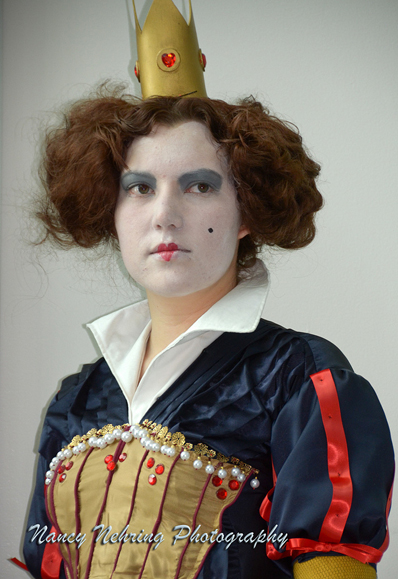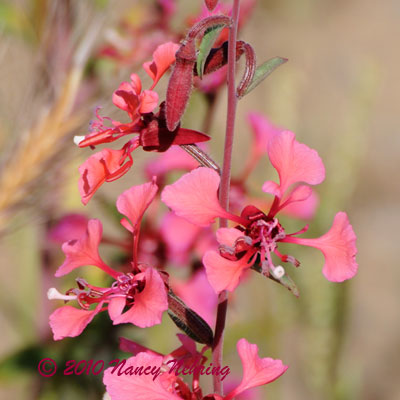Indian boy at night
This boy was hanging around a temple in Jaipur, India. When I started photographing, he insisted that I take his photo. Like many people in India, he was just happy to be able to say he had his photo taken even if he could only see it on the back of the camera as I had no way to give him a copy.
Amish Buggy
My daughter is learning to drive a team of horses from Tom Harris at Harris Stage Lines, Paso Robles, California. Last weekend I went along camera in hand and asked if I could take photos of Katie while she was driving. Tom was agreeable. He selected the Amish buggy for the day’s lesson saying it was the safest of the horse drawn vehicles at his disposal and asked if I’d like to ride along during the lesson! So here’s the view from the back seat of an Amish buggy.
I also got to see the carriage and coach collection. Tom trains the horse teams to pull the various vehicles and operates the ranch which also hosts parties and events. He partners with Stephen Robertson Yergers who actually has the carriage collection. The collection includes a 1906 hearse, chuck wagon, stage coach, Ben Hur chariot and several others used for events on the ranch, parades, movies, etc. You can view the collection and even ride in one of the coaches by appointment.
Top 50
My great horned owl image taken at Click! The California Photo Festival made it into the top 50 images taken at the event. You can see all of the images submitted by the photographers here.
A Mode – What’s in Focus
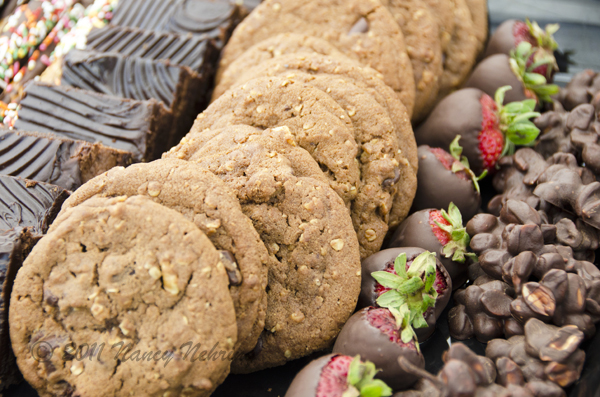 I use A (aperture priority) mode when I want to control what’s in focus from front to back (depth of field). In the photo above you can see that the first cookie is out of focus, the middle 6 cookies are in focus, and the back 5 cookies are out of focus again. My choice of aperture setting could make the photo have from 1 to all of the cookies in focus.
I use A (aperture priority) mode when I want to control what’s in focus from front to back (depth of field). In the photo above you can see that the first cookie is out of focus, the middle 6 cookies are in focus, and the back 5 cookies are out of focus again. My choice of aperture setting could make the photo have from 1 to all of the cookies in focus.
I mostly use A mode for subjects that are stationary and the closer I am to the subject the more likely I am to use A mode instead of P mode. It is my go to mode for close up food photography. The subject is stationary so I have plenty of time to fiddle with the settings on my camera.
Depth of focus can be used as a compositional tool. When you first looked at this photo did you notice that your eye is drawn to the part of the photo that is in focus? The depth of focus can be used to minimize busy background also.
California Photo Festival – Saturday
I spent Friday and Saturday mornings in the vineyards and at the wineries near Paso Robles. Juan A. Pons Friday class Working Winery was for video and David Wells Saturday class Winery Photo Essay was for photos. The grape harvest was late this year so there wasn’t much activity around the wineries but we got in on the first day of picking in the Red Soles vineyard. I shot this photo of the barrel aging room in my video workshop on Friday when it really went with the photo workshop on Saturday!
California Photo Festival – Friday
Friday afternoon I went to the Birds in Flight workshop with Hal Schmitt at Zoo To You in Paso Robles, California to photography birds including raptors in flight. Here are a few of my favorite images – top to bottom two photos of a ferruginous hawk, great horned owl, and ostrich.
California Photo Festival – Thursday
I’m attending Click! The California Photo Festival and taking a few classes. Thought you might like to see my favorite photos from each workshop.
Model with slurpie is from David Mecey’s class How to Make Any Model into a Fashion Model.
Moonrise over Cayucos is from Juan A. Pons class Seascape and Landscape Golden Light.
P Mode – Don’t Know What My Next Shot Will Be
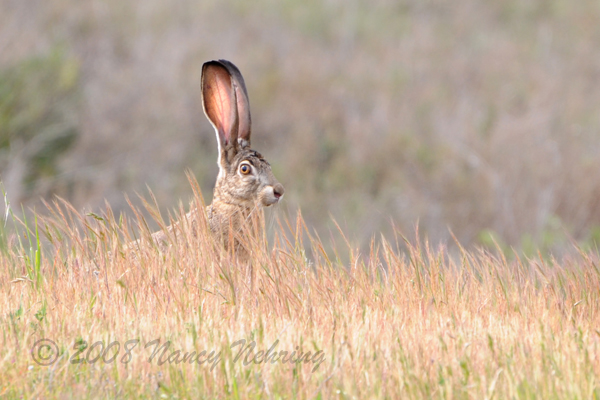 black-tailed jackrabbit Lepus californicus
black-tailed jackrabbit Lepus californicus
I have my DSLR camera (Nikon D7000) set to P (program) mode most of the time. This is an automatic mode where the camera selects both the aperture and shutter speed for me but is slightly different from AUTO mode. I’ll get to the differences later. I use P mode when I don’t know what my next shot will be and may have to be ready to shoot in a hurry. I spend a lot of time hiking on nature trails with my camera. If I happen upon an animal, I have to be ready to shoot. For instance, I was walking along a trail where the light was varying every few yards due to trees along the path. This jackrabbit ran across a meadow, stopped, put its head up for no more than 3 seconds and then ran off. I aimed my camera and got 1 shot off before the rabbit was gone. If I had been using A (aperture), S (shutter) or M (manual) modes I would have had a poorly lit shot or no shot at all. All of these modes require adjusting the camera for the lighting before each shot and I just can’t adjust the settings on my camera that fast. P mode let the camera make a good choice for the aperture and shutter speed quickly.
The difference between AUTO and P is that AUTO makes every choice for you, P let’s me have a little control. In P I can choose the focus point, metering and ISO (as well as a few other things). The one I care the most about is focus point. I set my camera to single point focus. I want my photo to focus on the rabbit’s head (the eye specifically) which is not in the center of my photo. When my camera is set to single point focus, a little box shows up in my viewfinder that I can move around to tell the camera where to focus. The other thing I really like about P is that if the animal stays around long enough for more shots I can then quickly and easily play with the aperture and shutter speed settings. By rolling the front and/or back wheels which are just below the shutter release button, I change the aperture and/or shutter speed (the other will change automatically to maintain good lighting) and I can do it without removing my eye from the camera or changing my grip. This means I can change the depth of field (how much of the image is in focus from front to back) or how much motion blur might be in an image without loosing site of my subject.
P mode is also a good mode for the beginning DSLR camera user. It is a step up from AUTO mode (which basically makes your DSLR camera a point and shoot camera) and lets you take your first steps in controlling basic camera settings. As you realize you want your camera to do more sophisticated things for you, you can then add them one at a time. But even with several years of DSLR experience, I still shoot in P mode 80% of the time.
Faces of India
Model releases for our photo shoots in India were finally approved by iStockphoto and these photos are now in my portfolio. Two of the photo shoots were of Kalbelia entertainers. Traditionally the men are snake charmers and musicians. The women are folk dancers dressed in flowing costumes and large amounts of jewelry. Bright colors are preferred and all colors and patterns go together.
The Indian people are amazingly friendly by American standards and the smaller the community the friendlier the people. Not once in three weeks did anyone we stopped on the street refuse to let us take his or her photo and talk awhile. Often people crowded around us asking us where we were from, what we were doing and asking for us to take their photo. We couldn’t give them prints, although we could show them the photos on the digital camera screen, but they were happy just to be able to say they had had their photo taken. Getting model releases signed was sometimes complicated because some of the people didn’t read or write.
One of the highlights of the trip for me was photographing classical Indian dancers. In these dances there are specific hand movements, body positions, and facial expressions that tell a traditional story. The costumes are beautifully crafted and high quality. We photographers broke up into small groups with each group photographing a different dancer/dance style. Visit my enlarged and improved India lightbox at iStockphoto to see my new Faces of India photos.
Iceland
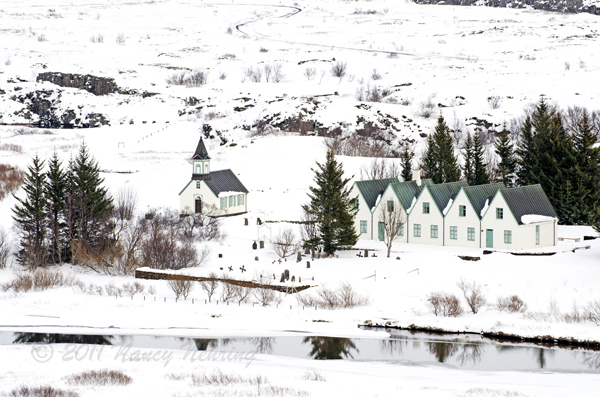 Thingvellir National Park, Iceland
Thingvellir National Park, Iceland
Iceland was not a place on my bucket list so how did I not only end up there but end up there in winter? Like most 20 something people, my son plays online computer games. One of them is Eve Online. The developers of Eve Online live in Iceland and they were hosting the 7th Annual Worldwide Eve Online Convention – in Iceland – in March. My son wanted to go and wanted a traveling companion. The package price for the trip was good (it was March), there were scenic tours for traveling companions, and there were a even couple of lecture/video shows on computer generated skin and clothing that looked interesting so off we went.
I didn’t take many photos and half of them were taken on the way to or from Iceland. With heavy overcast skies in Iceland (the sun only broke through for half a day) and snow on the ground, photography in Iceland was a challenge. The overcast kept the glare off of my snow scenes but a lot of the countryside looked pretty desolate. Fortunately, the sun broke out just as the tour bus driver stopped to let us take photos of Icelandic ponies.
I had crystal clear skies on the flight from San Jose to Seattle and we flew farther inland than usual. I got excellent photos of three of the Cascade volcanos that you rarely see from the air, Crater Lake, Mt. Theilsen and Mt. Jefferson. I also got some nice photos of the Port of Seattle as we were landing.
You can check out my Iceland trip photos in my Iceland istockphoto lightbox. There are a couple of waterfall videos in there too. They are the thumbnails with the TV icons below them.
FanimeCon 2011
I’ve been interested in costuming for a long time. I did most of my speech credits in college sewing costumes for the theater department, did some costumes for my daughters’ ballet recitals over the years, taught at costuming conventions and crocheted themed garments for fashion shows.
Fast forward 30 years. Two of my children have been attending FanimeCon for a few years now. FamineCon is a convention centered around Japanese anime although it also includes mangas, videos, video games, movies, TV programs, comic books, etc. One of the main events is the Cosplay Gatherings. Cosplay Gatherings are convention attendees dressed up in costumes of their favorite characters from specific books, games or movies specifically for a group photo shoot. This year my son and I volunteered to be Cosplay Gatherings staff photographers. I was specifically interested in getting some photos of Steam Punk costumes and Steam Punk was the theme for the convention this year.
These costumes aren’t your typical Halloween costumes. Although most are made by amateurs, the quality and attention to detail is amazing. Costumes are generally custom made by the cosplayer for him or herself. Many of the cosplayers make one new costume a year. Some have been at it for several years and you see the same person in a different fabulous costume each day.
In the left sidebar under Galleries you’ll see a page for FanimeCon 2011. Click on it to see my Famine photos. FanimeCon requested that I post all of the photos that I took. That’s a lot of images to go through unless you have a specific interest in cosplaying. For just a brief taste look at the folder FanimeCon 2011 favorites which shows a sampling of my favorite images.
Small World
brown hydra with ingested mosquito larva
My entries for the 2011 Nikon Small World photo contest are in. The contest is open to photographs taken through a light microscope. I began photographing images though my microscope several years ago when I was preparing a microscopy science lab for the local 4th grade class. I volunteered in my son’s class preparing and teaching one science lab a month. Most of these students had never used a microscope before and often had trouble finding what was under the microscope. They just didn’t know what they were looking for. By showing them pictures of what they should be seeing, they were able to get started much more quickly.
The Small World contest is in it’s 37th year. Each year Nikon posts a gallery of the best images online which you can browse here and see some truly amazing images taken with various microscopy techniques. My images are more simple than most of these as I limit my work to common live specimens at fairly low magnification that beginning microscopists might encounter. You can see more examples of my work here.
California Wildflowers
Clarkia unguiculata elegant clarkia
I enjoy nature and spend a lot of time outdoors. A few years ago I volunteered to inventory plants in Pleasanton Ridge Regional Park for the East Bay Regional Park District. I used photographs rather than collecting specimens to document plants. Got lots of practice doing macro photography as many of the flowers are tiny! View my California Wildflowers at iStockphoto.
India
Recently returned from 3 weeks in India where I attended iStockphoto’s Indialypse. We did the Golden Triangle – Delhi, Jaipur and Agra – and the Pushkar Camel Fair with multiple model shoots in each location. Between shoots I managed to sneak in some nature photos. I also went on the extension to Ranthambhore National Park to photograph the native wildlife.

